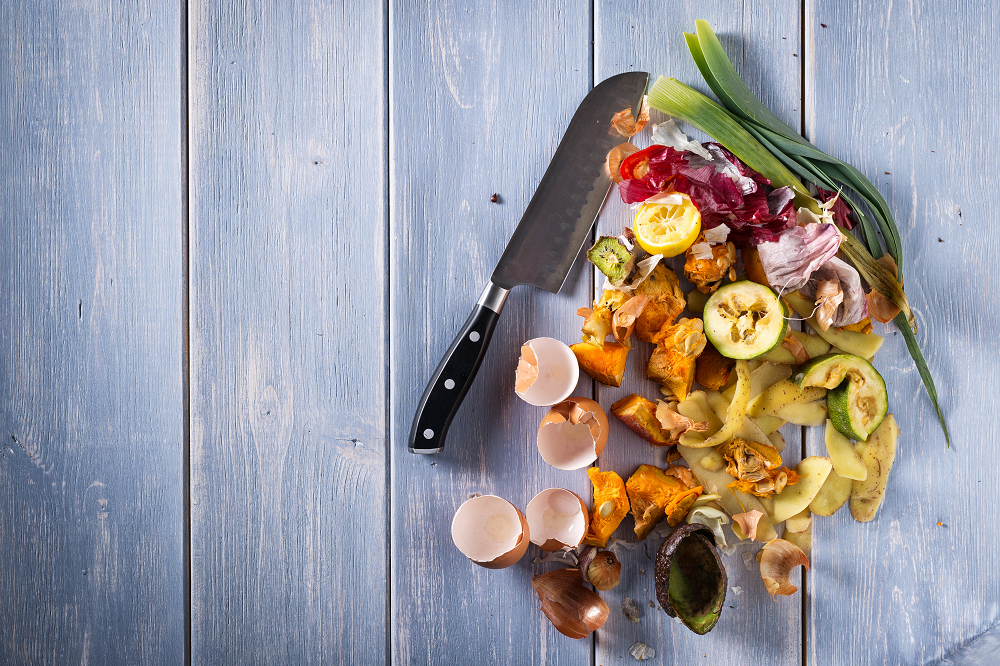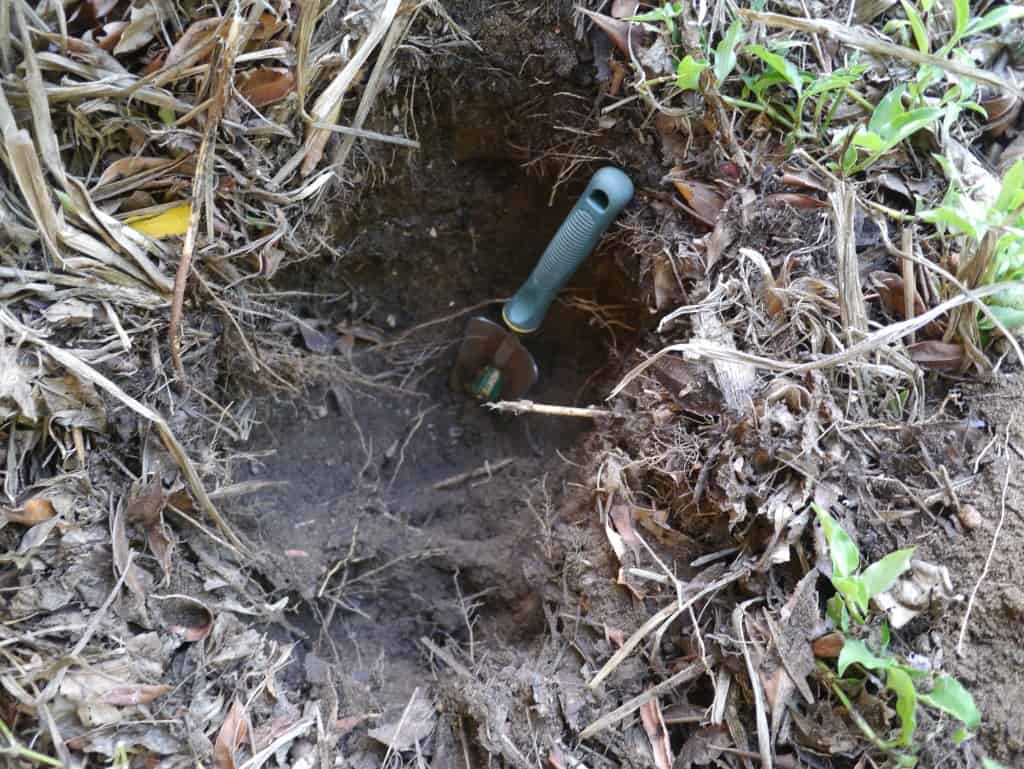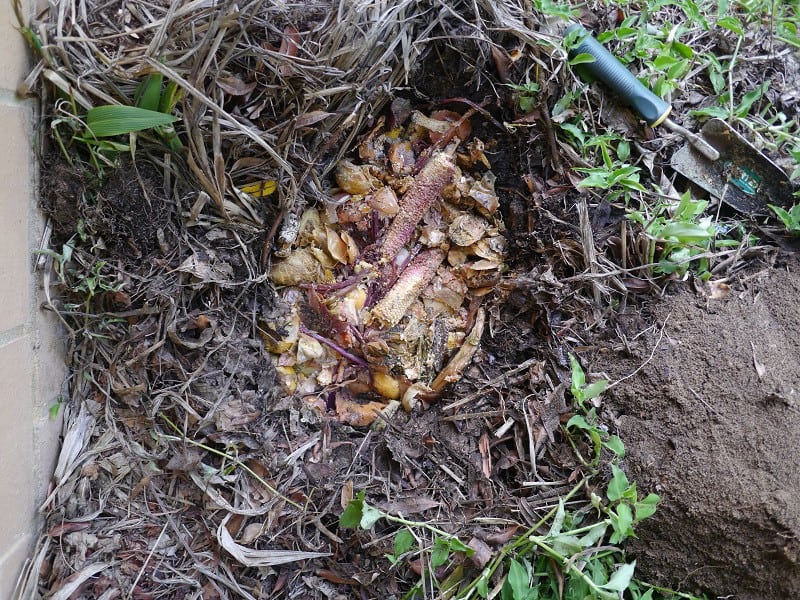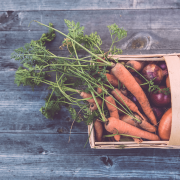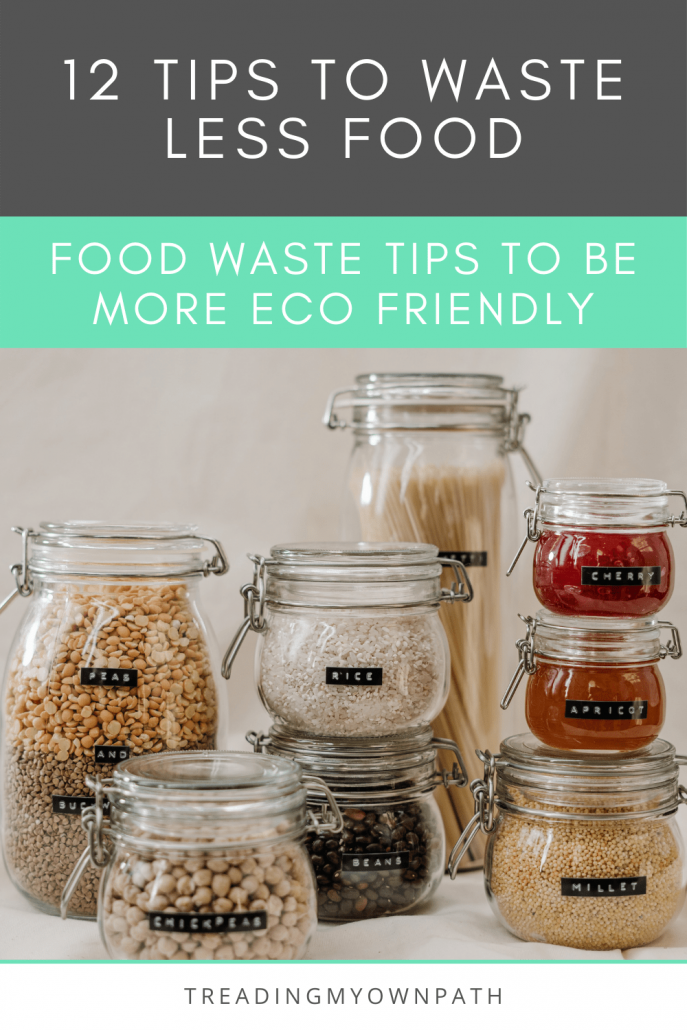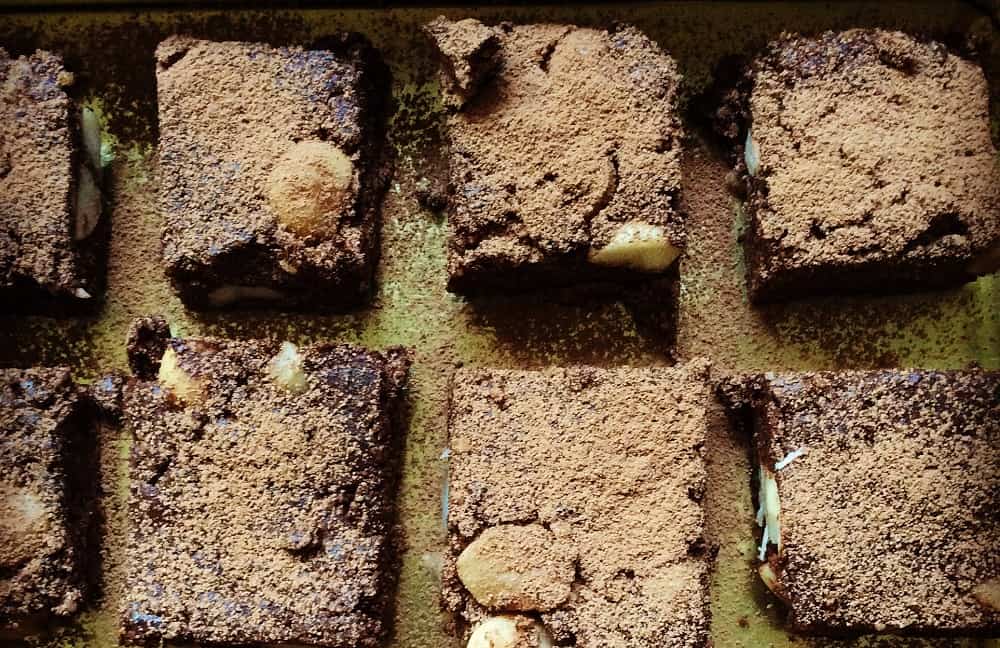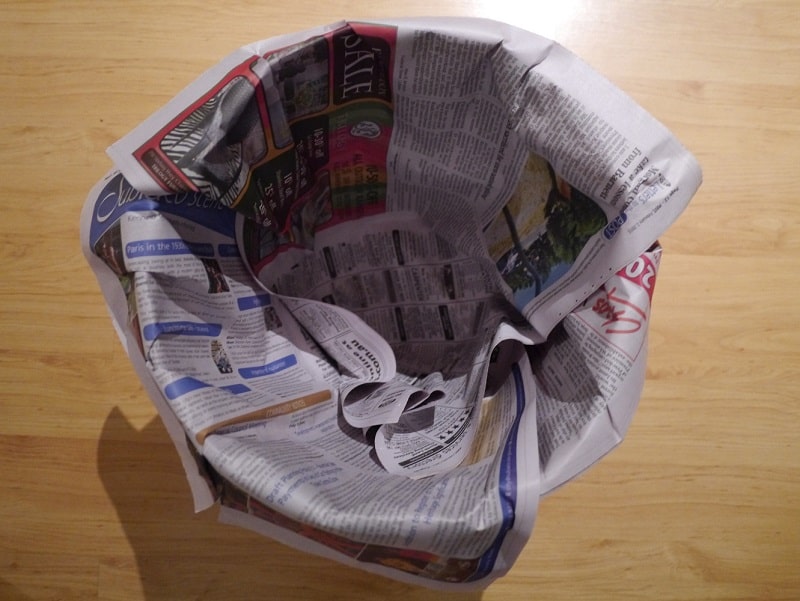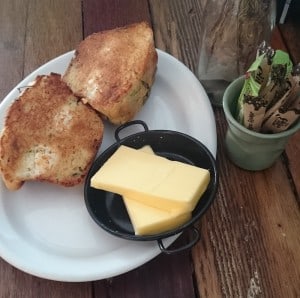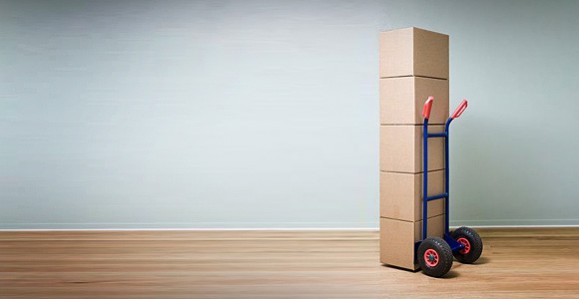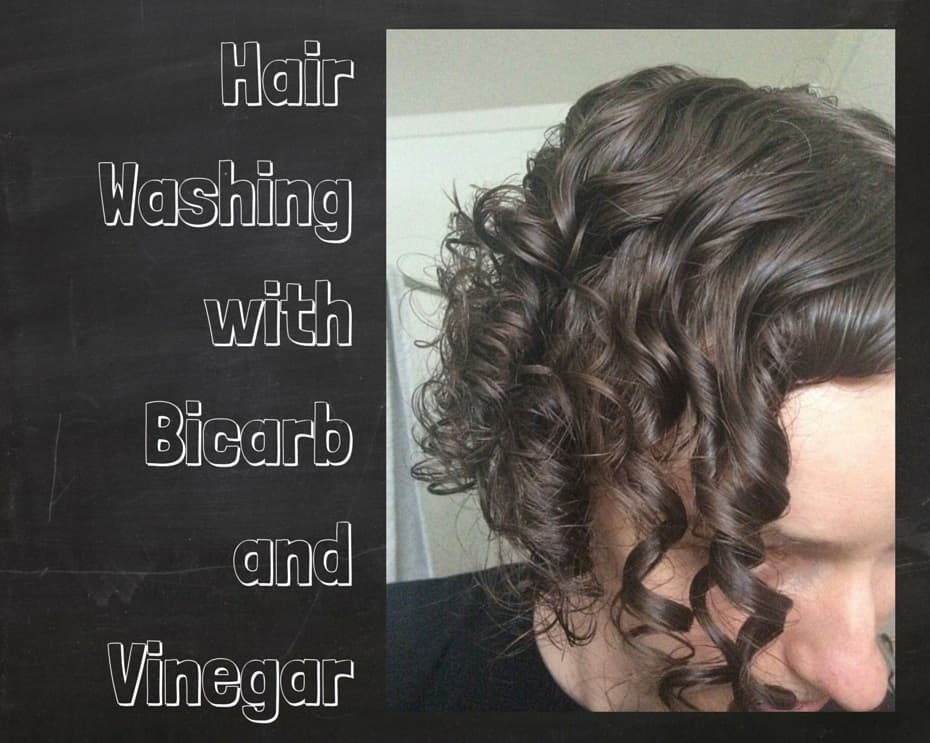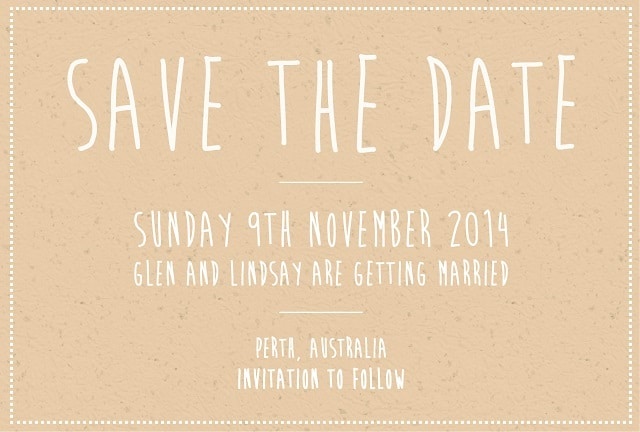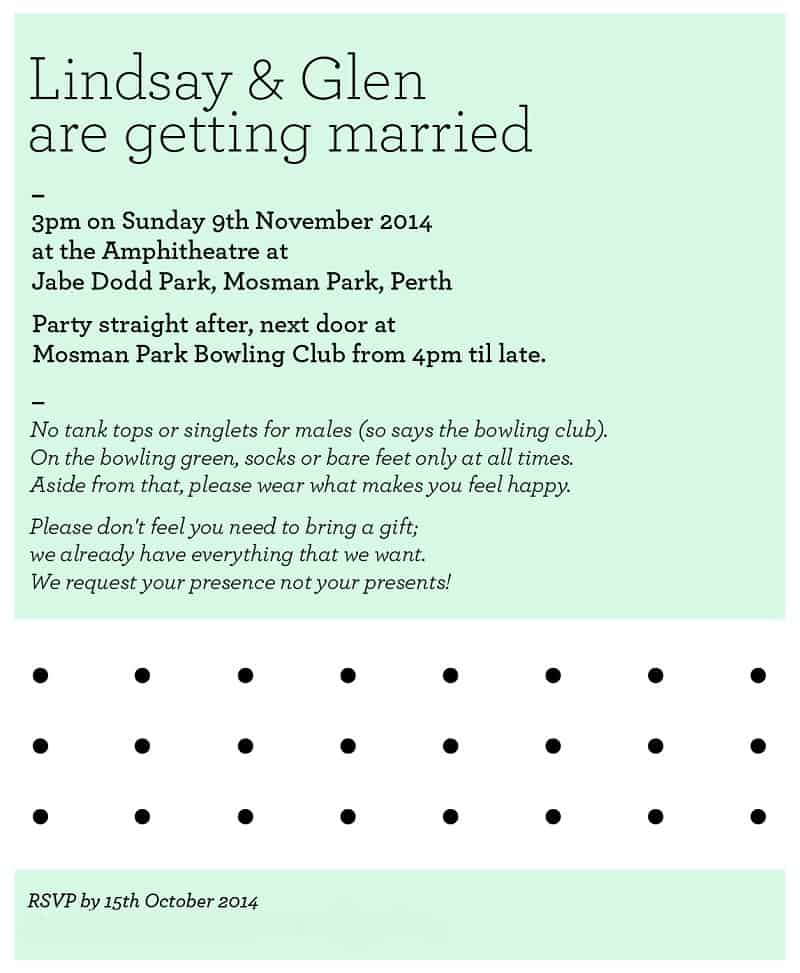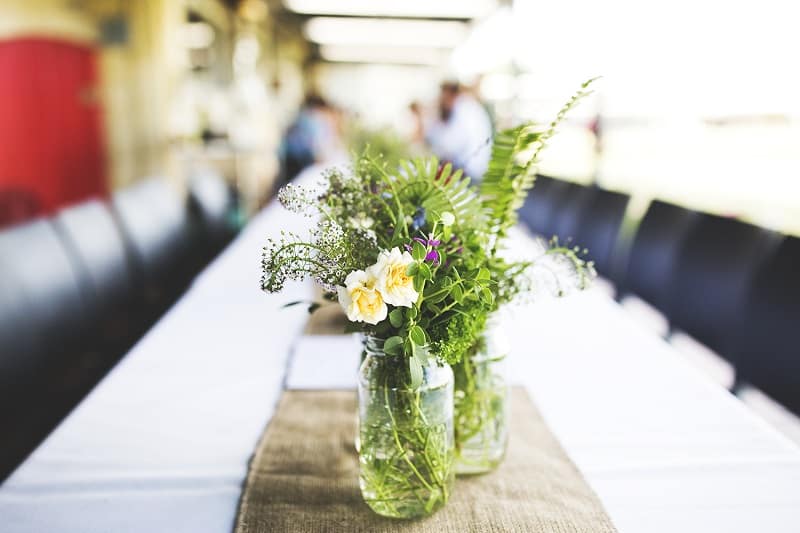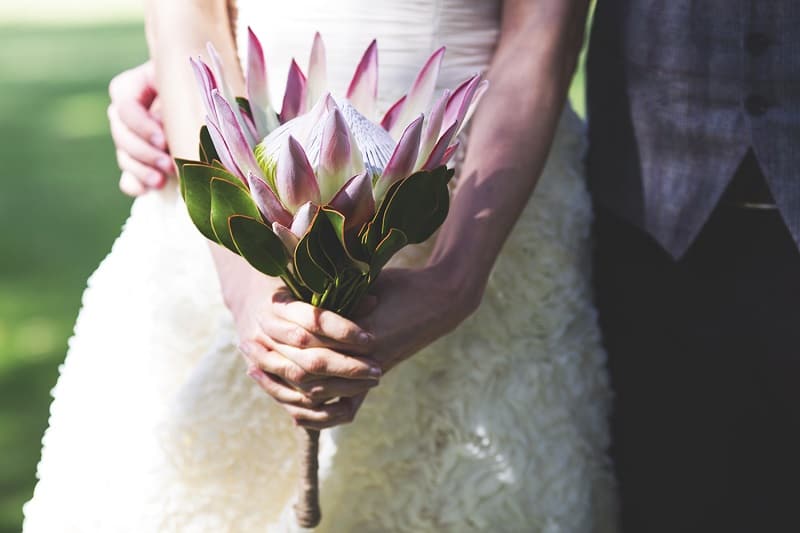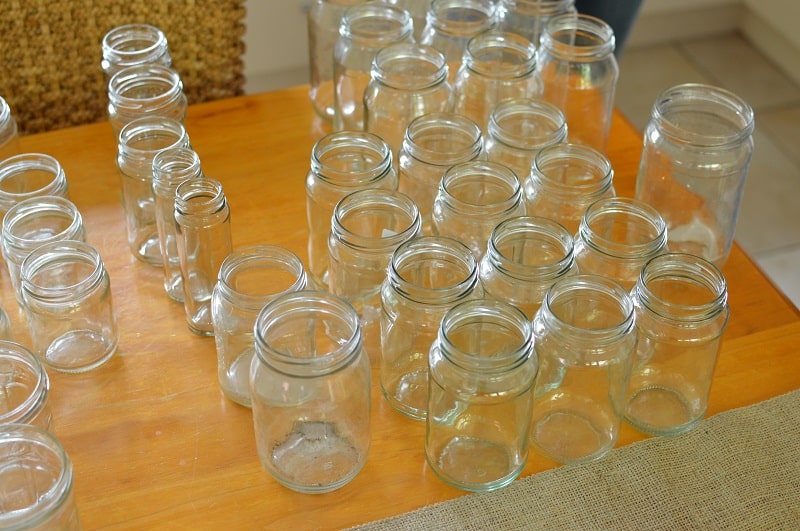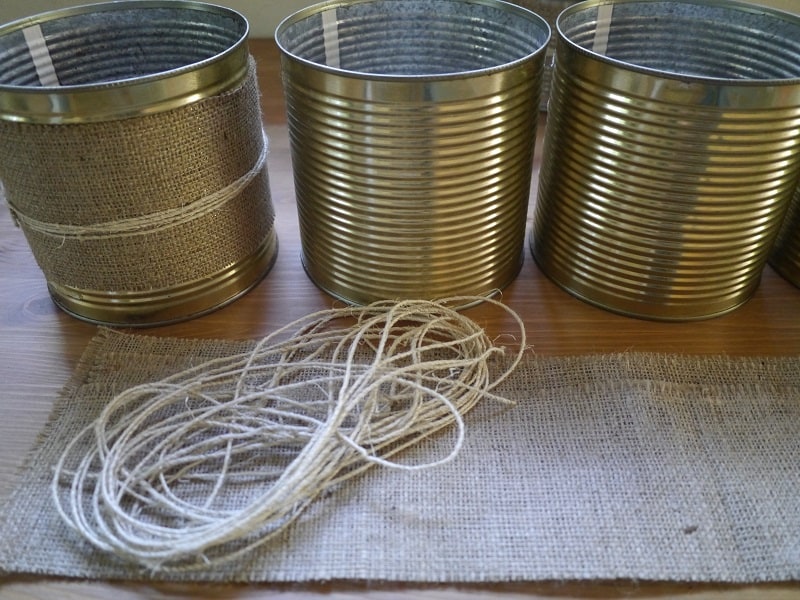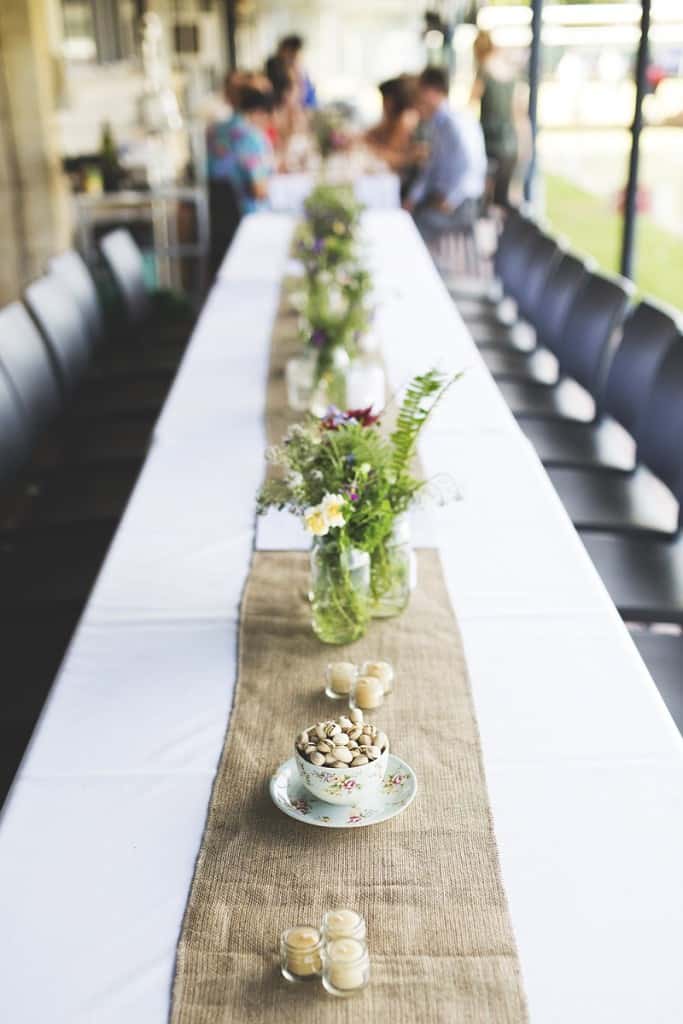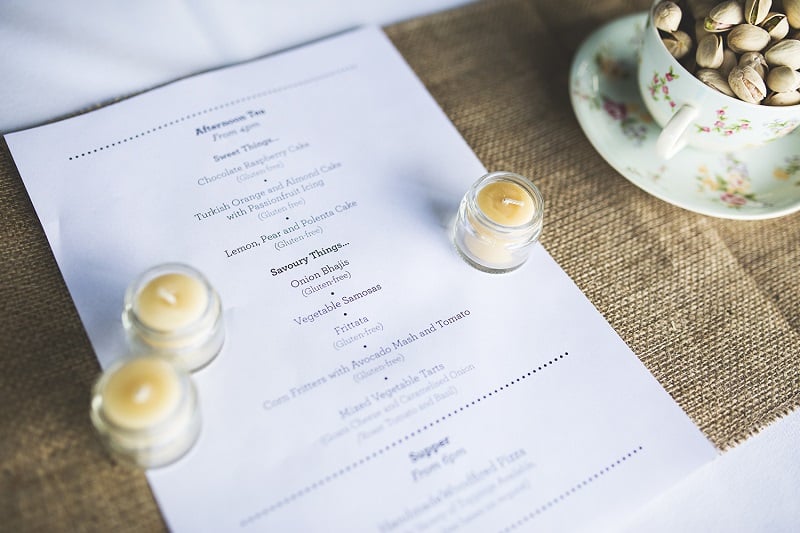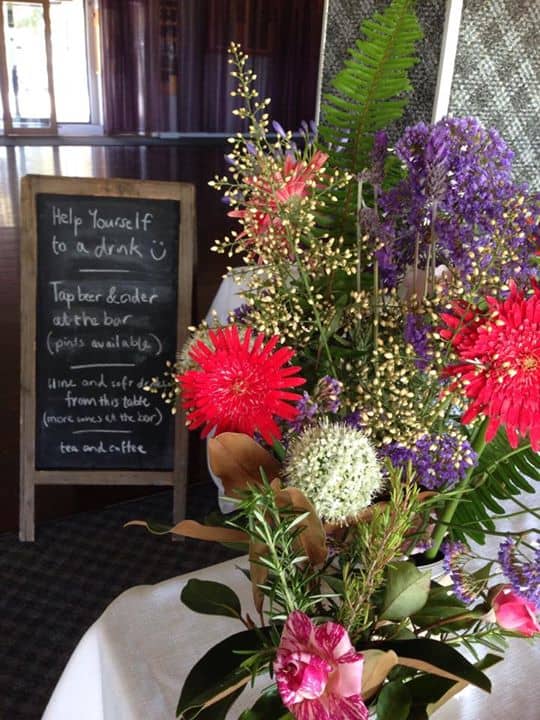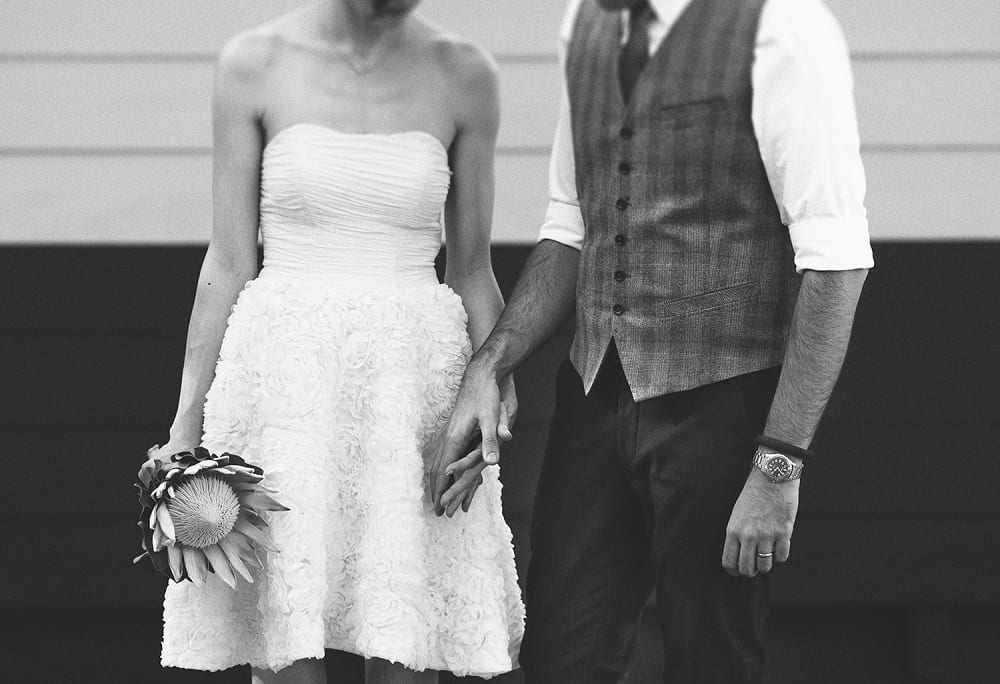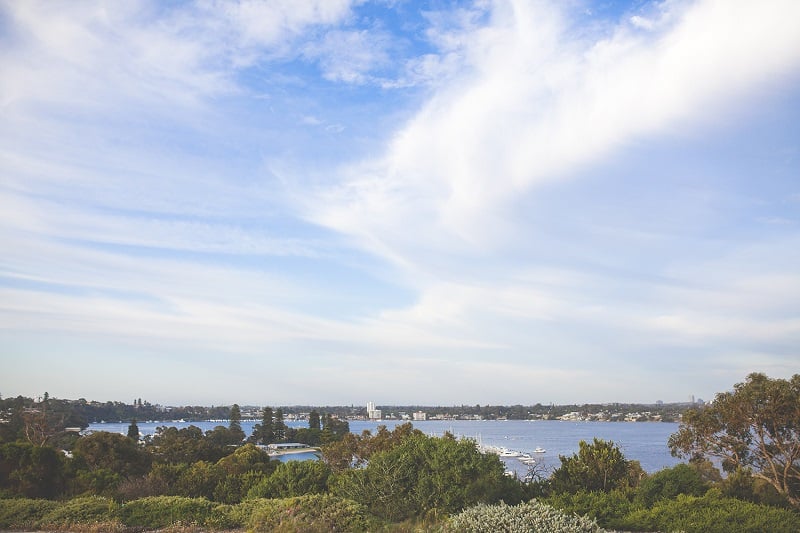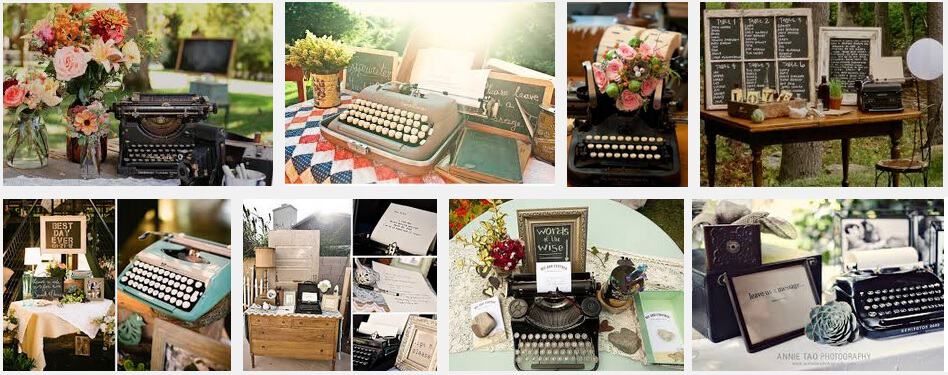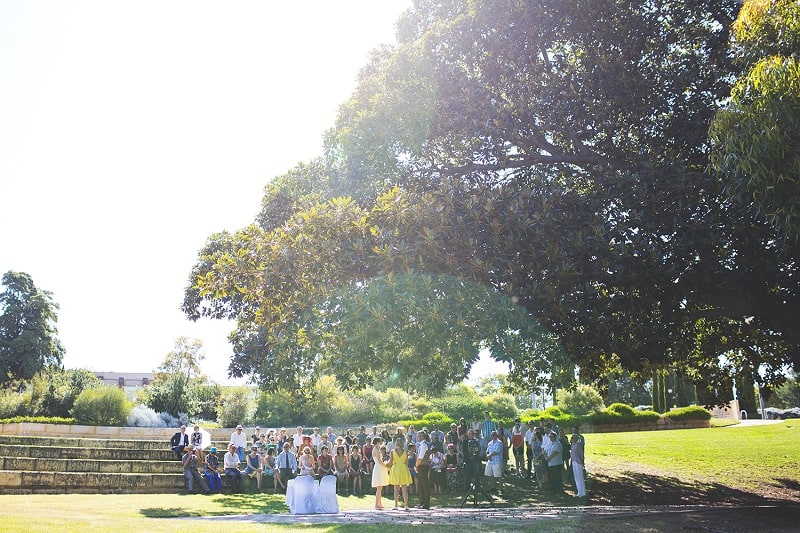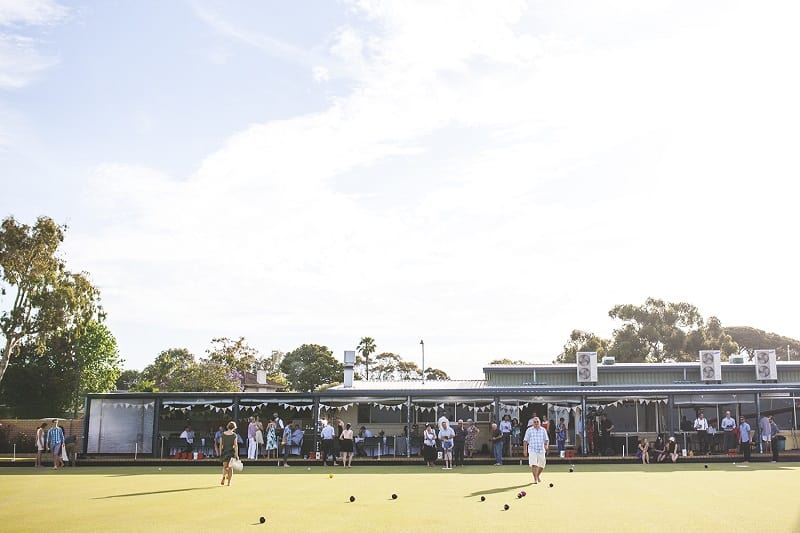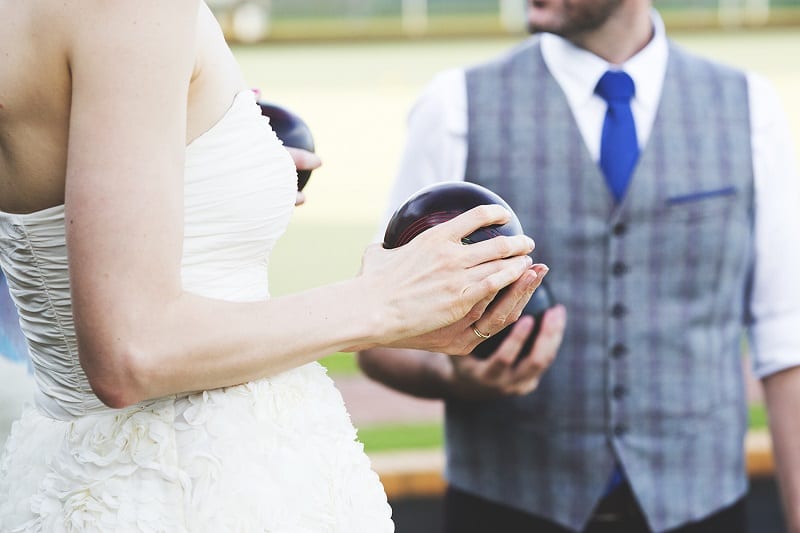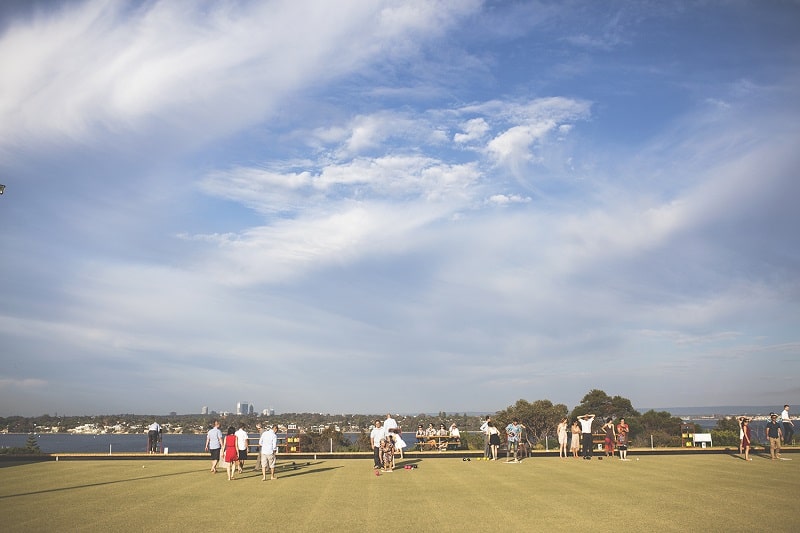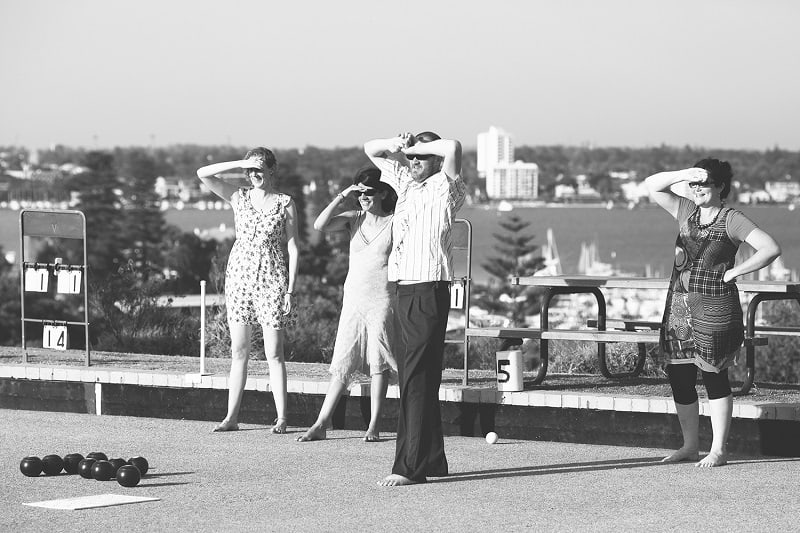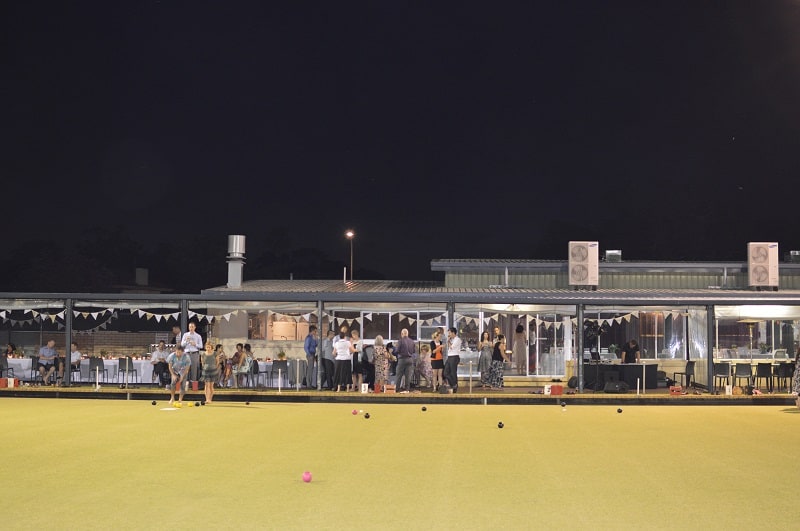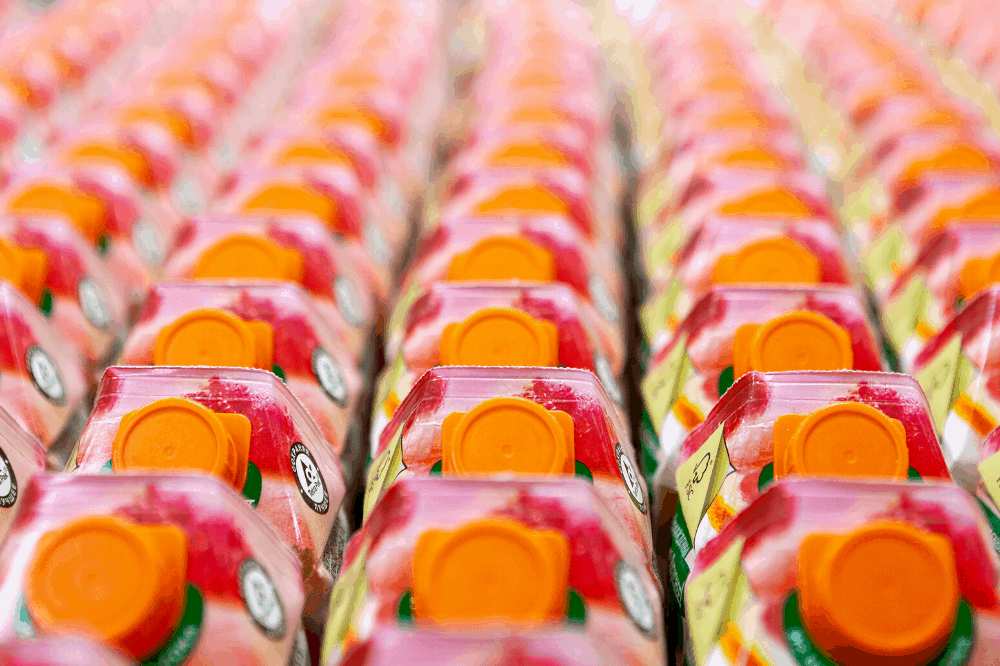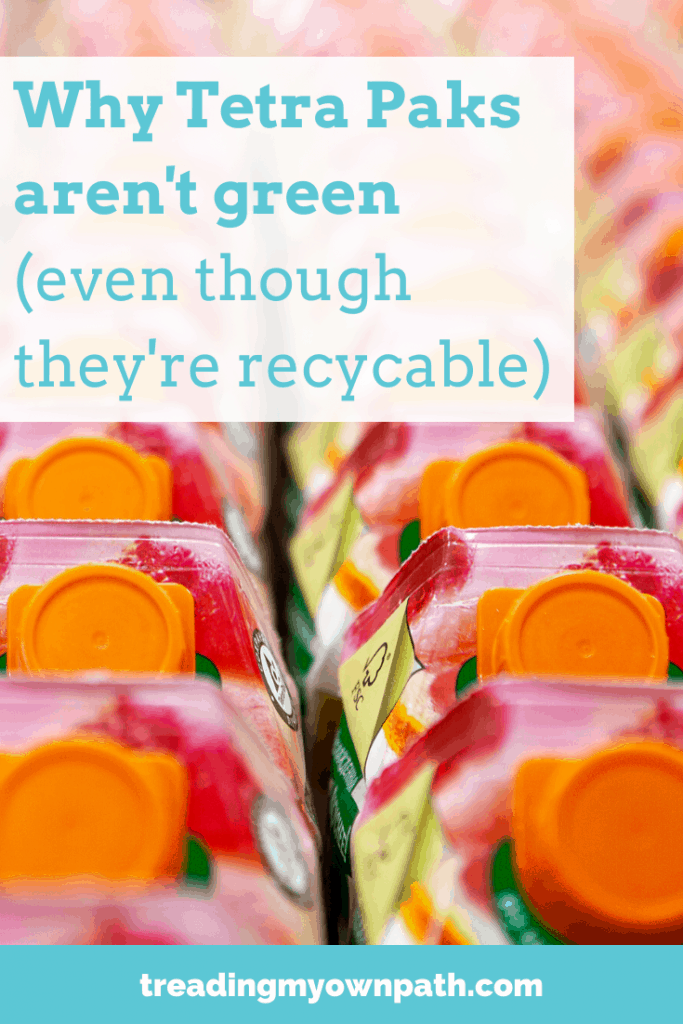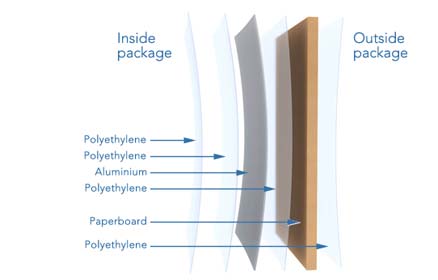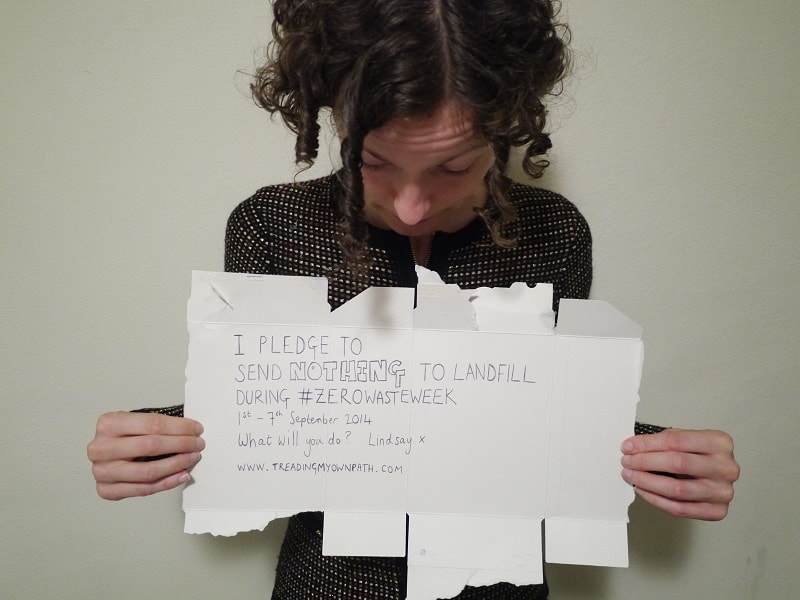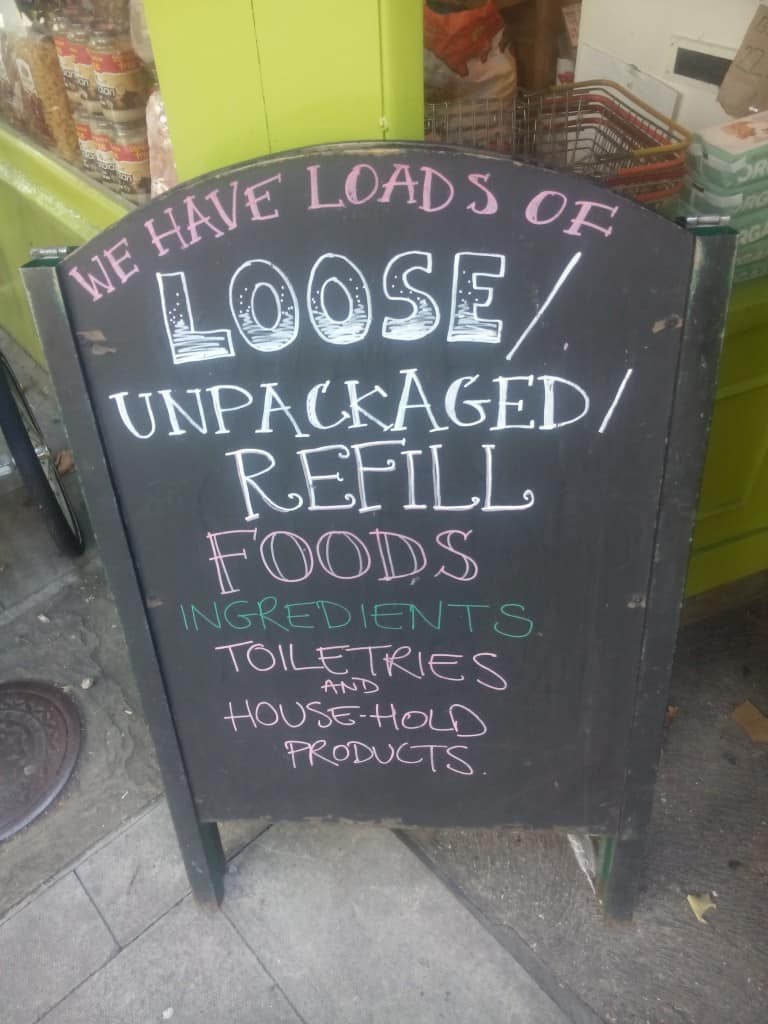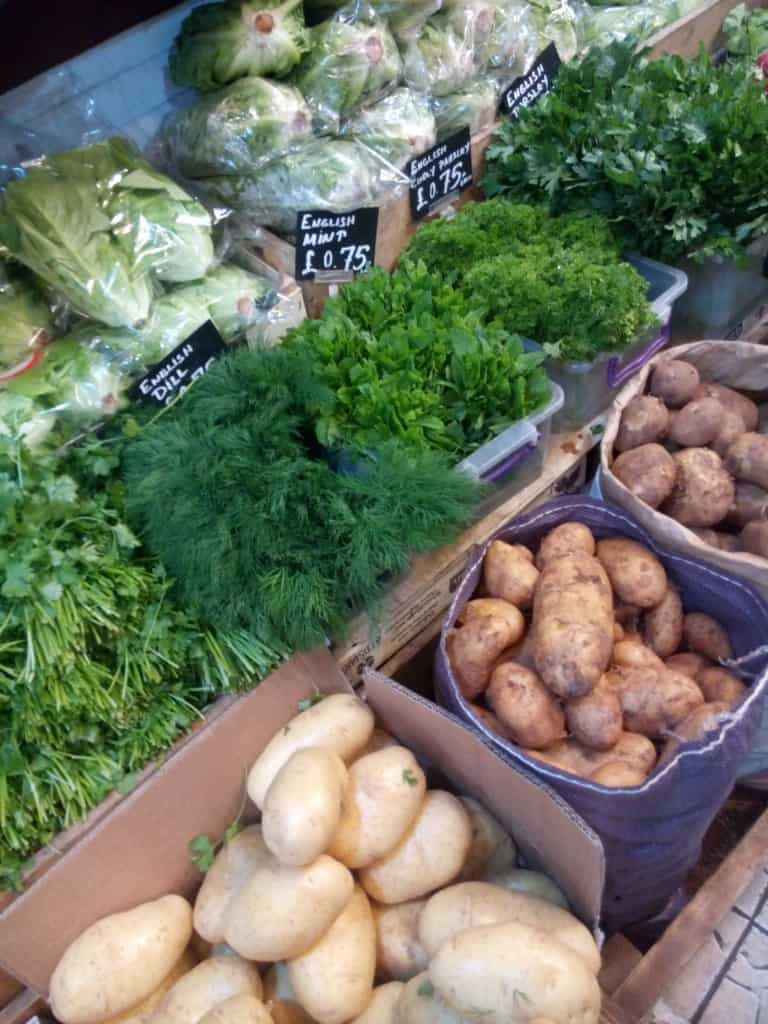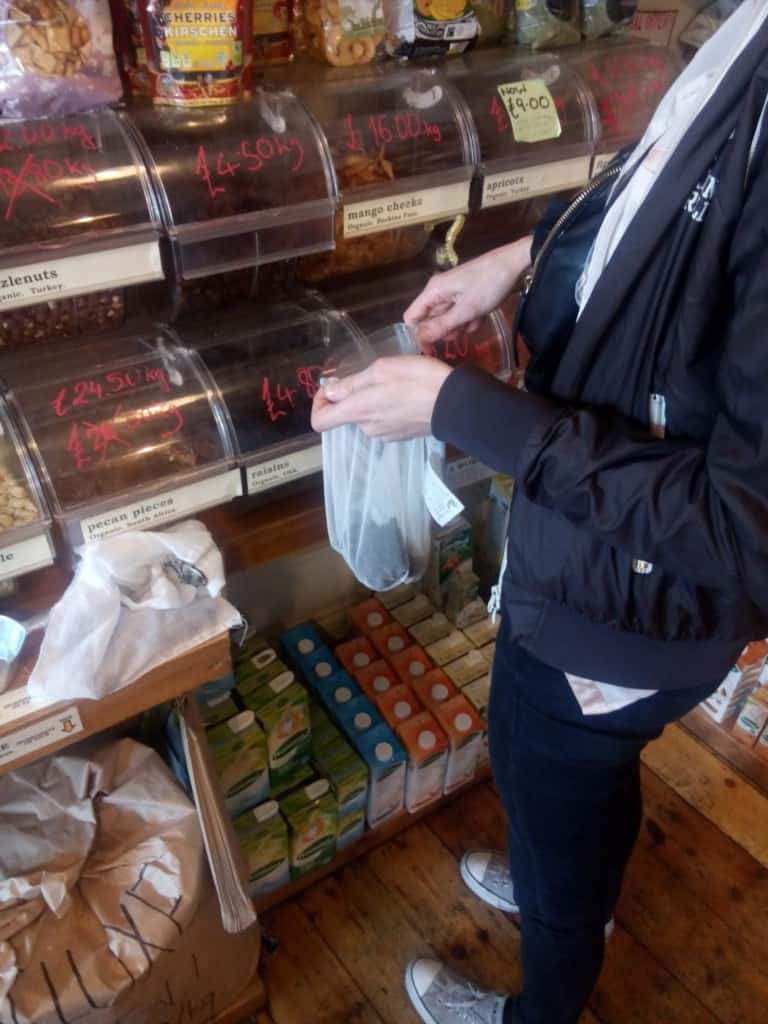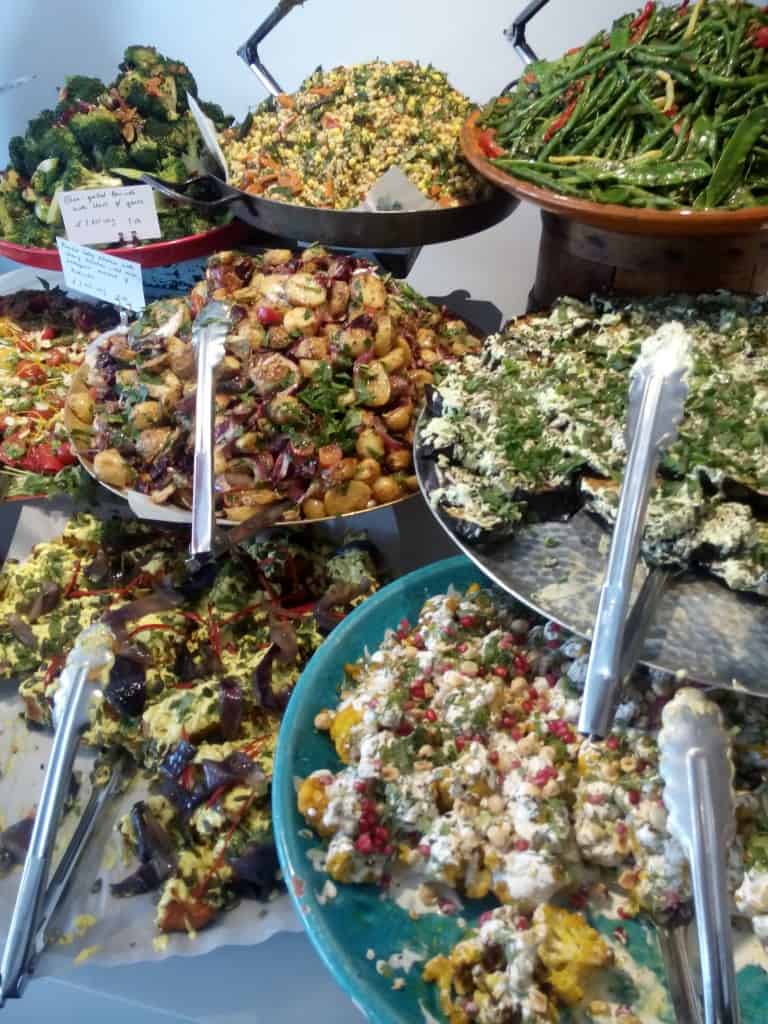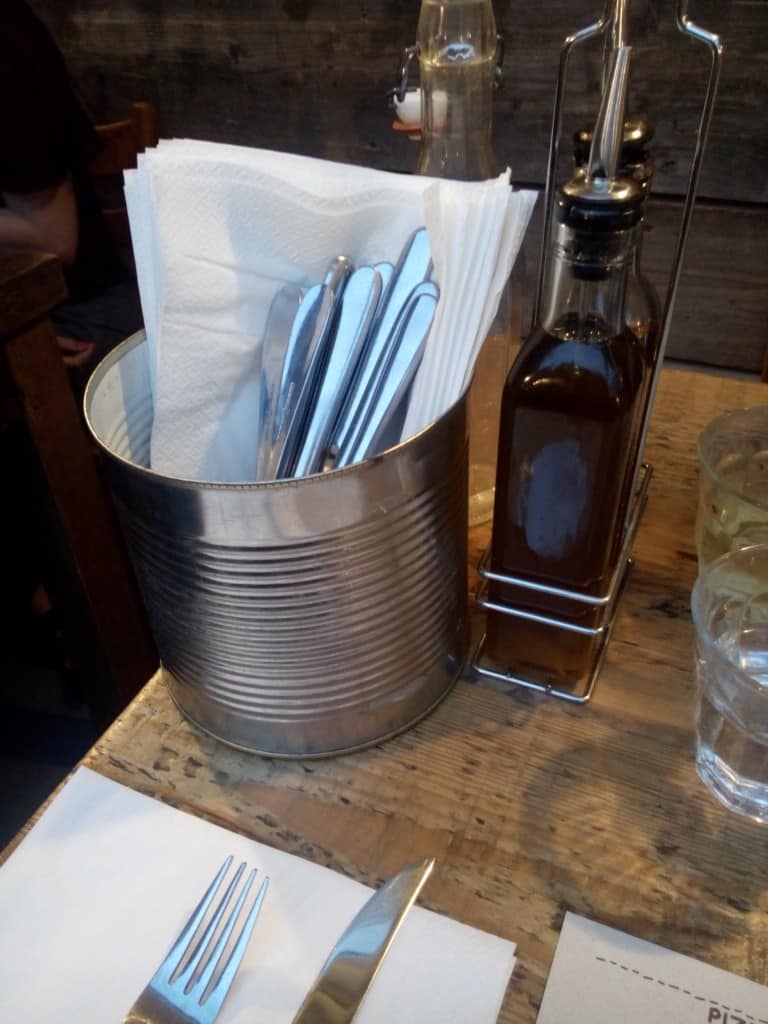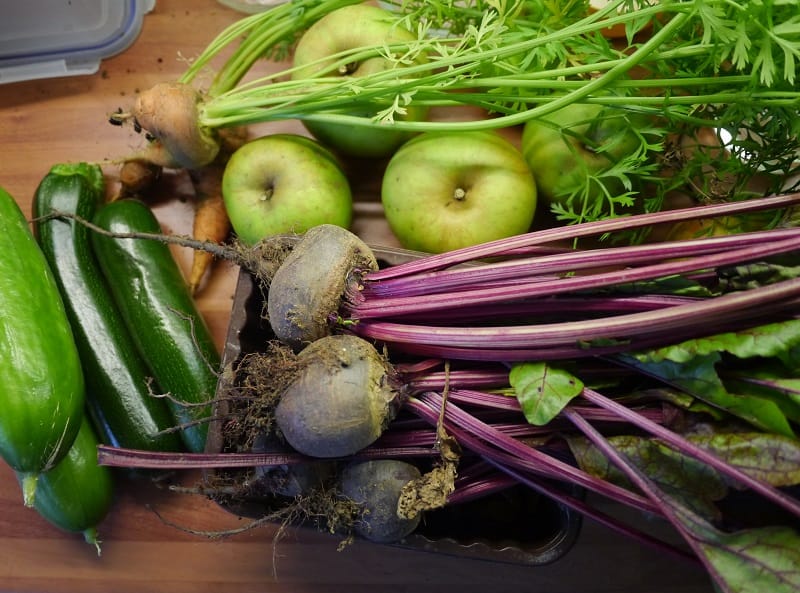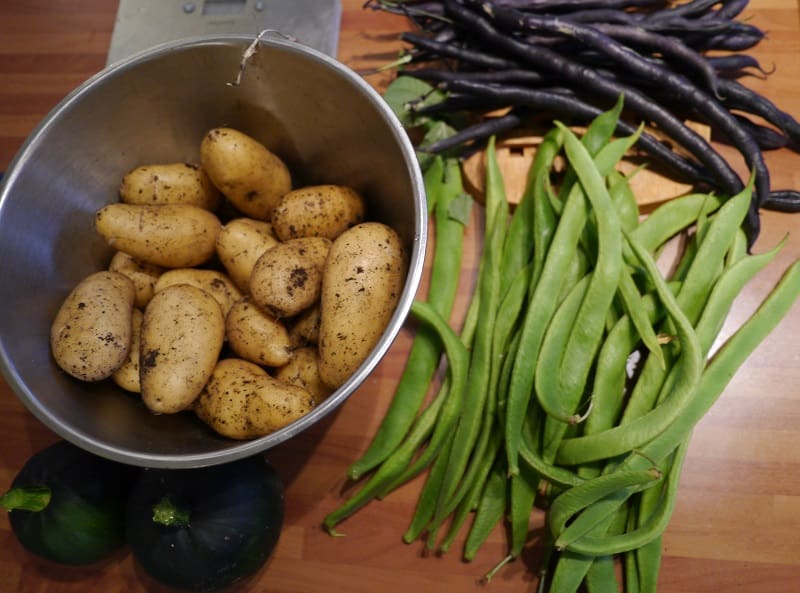Bokashi Bins: the Whats, Hows and Whys
Inspired by watching Dive! last week, and thinking about reducing the food waste I send to landfill, I’ve decided to revisit the bokashi bin. We give most of our food scraps to our worm farm, but there are some things that worms just don’t like (onion skins and lemon peels, for example) and these end up in the rubbish bin.
When I attempted my first Zero Waste Week in June I used a Bokashi bin to process my food waste to avoid sending it to landfill. Having completed a full cycle with this system, I thought I’d explain what they are, how they work and how I found using one.
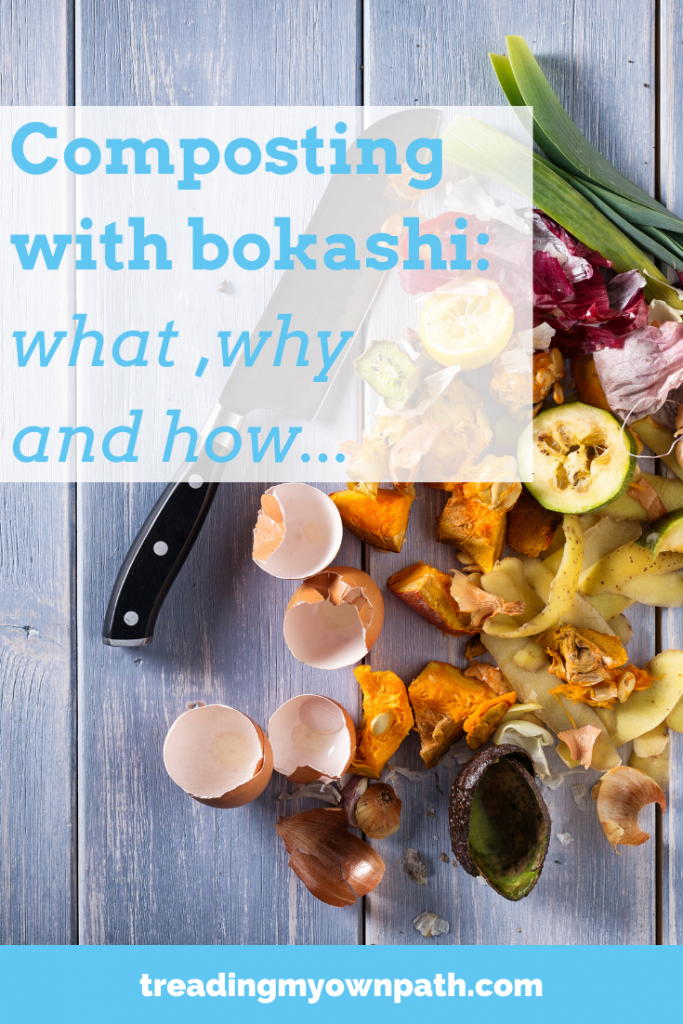
The Bokashi Bin: What Is It?
Bokashi bins are home composting systems that are designed to be used indoors. (Technically, they aren’t composting, but fermenting.)The bokashi system comprises two parts: a bucket with a sealable lid and a tap, and also bokashi mix, which are fermented grains (such as wheat bran and rice husks) that contain microorganisms. There is a tray inside the bucket to separate the liquid leachate that drains off with the sold waste.
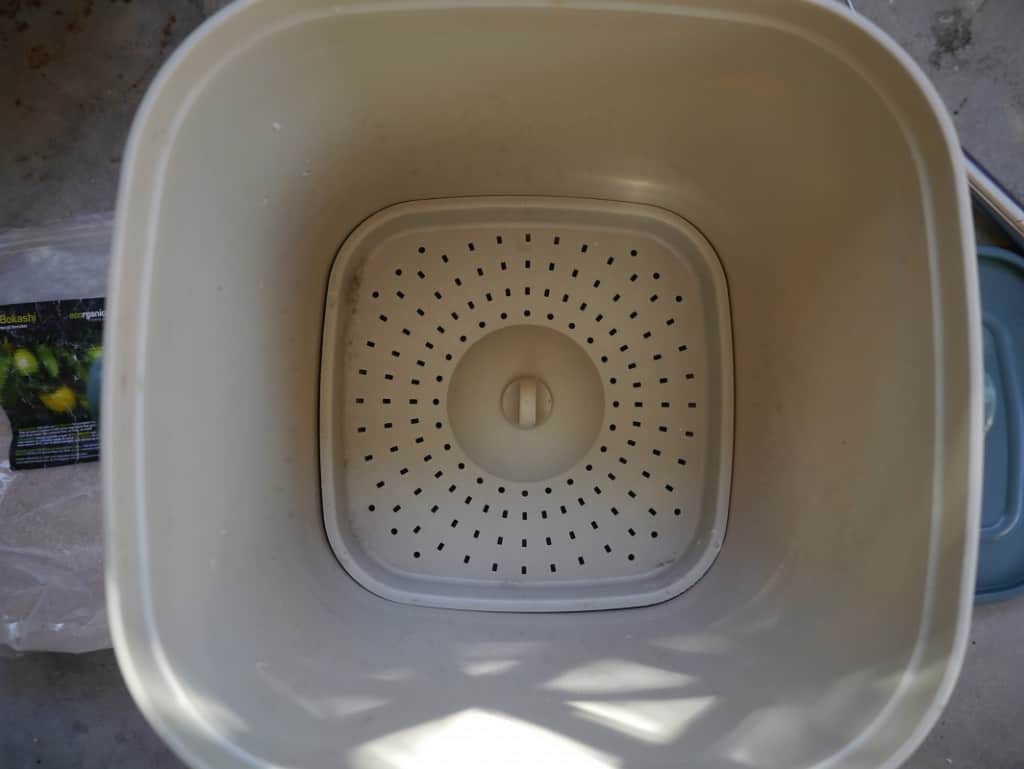
Removable tray inside the bokashi bin.
Bokashi Bins: How Do They Work?
Bokashi bins work by fermenting food, and need anaerobic conditions (no oxygen). The bokashi bin has a tightly fitting lid to seal the waste. (This differs from composting which requires oxygen). Food waste is placed in the bucket, the fermented grains are sprinkled on top, everything is compacted down and the lid is sealed. Because the food isn’t decomposing, there’s no terrible rotting food smell (although it’s not odourless), and it doesn’t attract pests. When the lid is on, there is no smell at all.
Bokashi bins have a tap on the bottom that allows the excess liquid to be drained off. A surprising volume of liquid is produced (how much exactly depends on the types of food you add to the bucket). Being very acidic, it’s not suitable to put on plants unless it’s heavily diluted, and even then it’s recommended that young roots are avoided as it will burn them. It does, however, make a great toilet and drain cleaner! No dilution is needed, you just pour it straight down.
Once the bin is full and the contents are fermented – usually after 4-6 weeks – the waste needs to be buried, or composted.
Bokashi Bins: Who Are They For?
Bokashi bins are touted as a great alternative for people who don’t have a garden and can’t compost their food waste. They are a fairly small and contained system suitable for indoors. They can deal with all types of food waste, including cooked food, meat bones, citrus peels/onion skins, egg shells and dairy – all things that you can’t put in compost or worm farms – so if you’re committed to zero waste, they are part of the solution.
The Bokashi Bin Review
I did not buy my bokashi bin – it was a gift from a friend who rescued it from a verge collection where it was destined for landfill. Conveniently, there was also a pack of bokashi grains with it. Bokashi bins are fairly easy to find second-hand, if you look in the right places!
I used my bokashi bin for citrus peel, onion skins, egg shells, corn on the cob waste, fruit stones and vegetable stems – things I can’t put in the worm farm. Because of the low water content of these things my bin filled up quite quickly: probably 4 weeks in total. Despite the low water content, I was surprised at how much leachate came off.
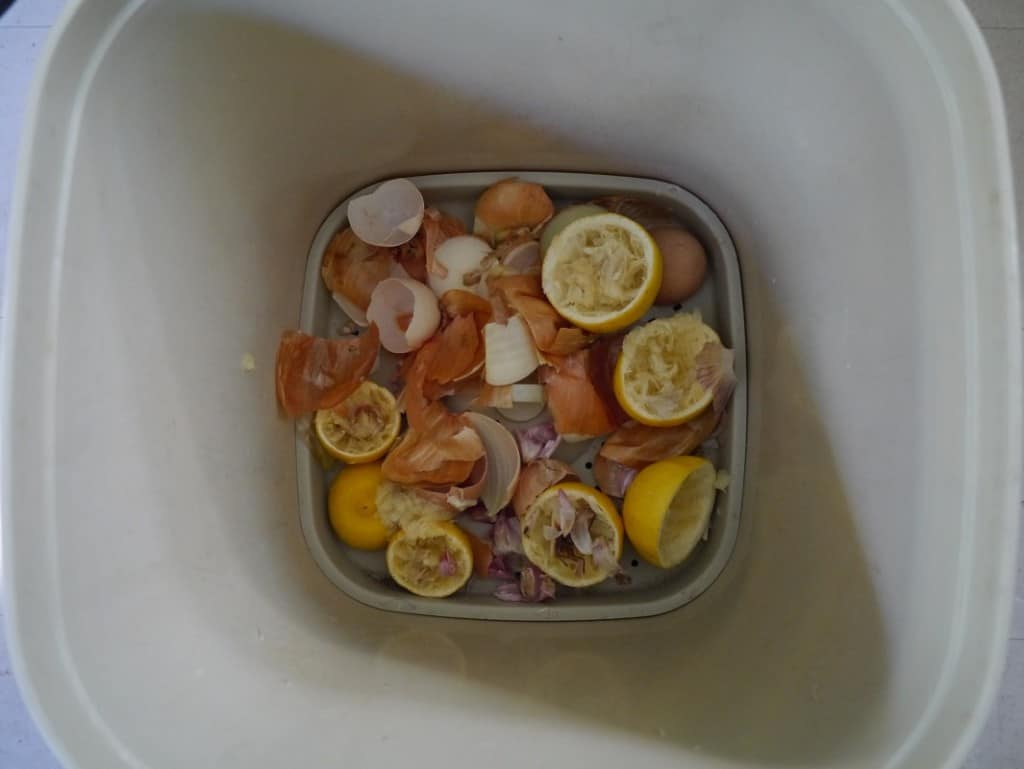
The start of my bokashi bin filling…
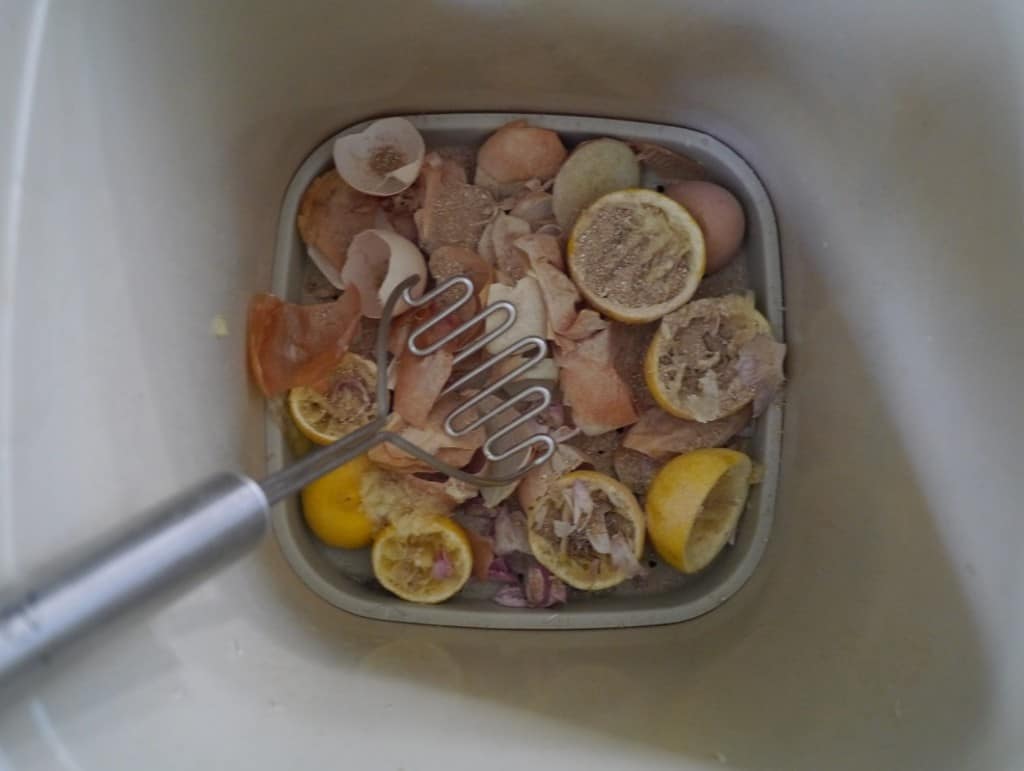
Each layer is covered with a sprinkling of grains, and then pressed down tightly.
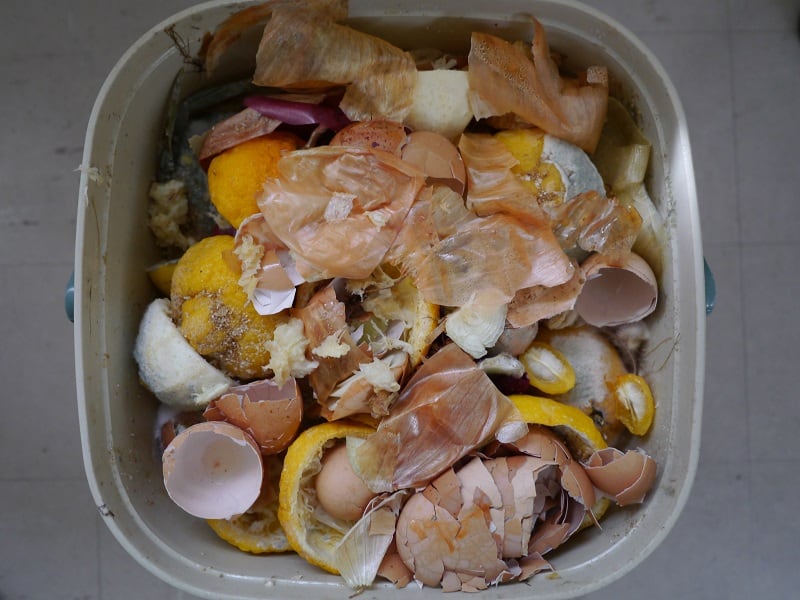
Filling the final layer of the bokashi 4 weeks later.
The smell of the bokashi didn’t bother me. When I opened the lid, it has a sour, fermented kinda smell (as you’d expect) that wasn’t unpleasant. I was quite impressed that with the lid on, there was no smell at all. The leachate smell, however, I could not bear by the end! It didn’t smell bad, just sour, but very strong, and I really didn’t like it.
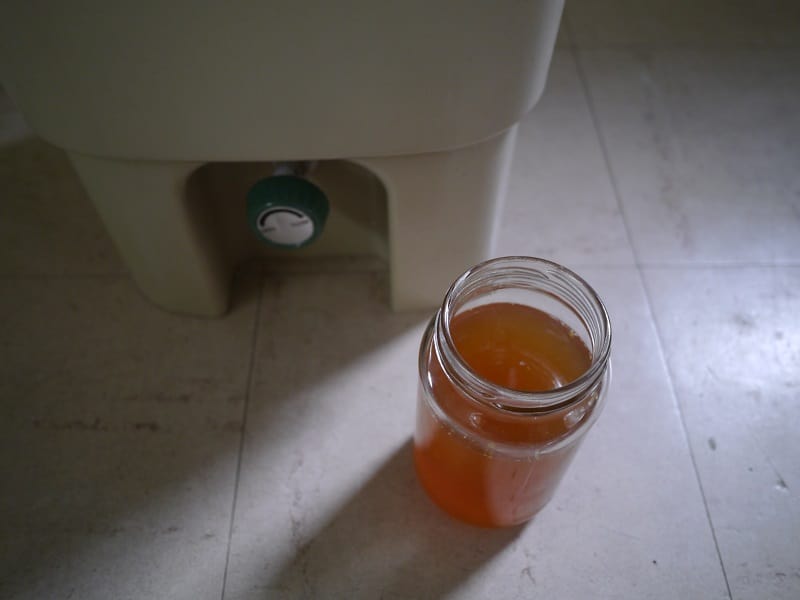
Bokashi bin leachate. It might look a bit like honey, but it most definitely does not smell like honey!
The frustration came when the bucket was full, and I had to empty it. The waste needs to be buried, so I found a corner of our communal garden to be the bokashi grave. The bucket was surprisingly heavy, and having to carry it down flights of stairs and across a car park was a pain, as was digging a big hole using only a trowel. (I’m sure a spade would have been easier, but bokashi bins are touted as solutions for people who live in apartments, and I’m sure most apartment dwellers with no garden don’t own a spade – I don’t). Fortunately the hole was big enough, so I emptied the fermented mass of waste into it and covered it over.
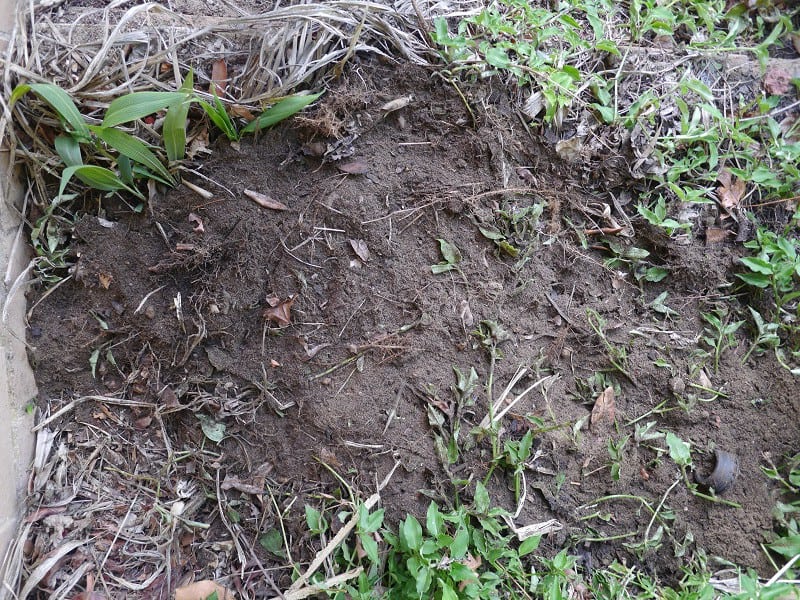
The bokashi waste final resting place.
I now understood why a lot of bokashi bins end up on the verge.
Should You Give Bokashi Bin Composting a Go?
I didn’t find the bokashi bin the most practical thing in the world, but I love that they provide a solution to disposing of food waste that can’t be composted or given to the worm farm.
However, you need to buy the fermented grain bokashi mix, which comes in a plastic bag and isn’t cheap. Having to buy the grains would be a deal-breaker for me. (If you’re dedicated, there are instructables out there for making your own.) Needing somewhere to put the waste when the bin is full – either a compost bin or digging it into the ground and burying it – makes it impractical for many people. Bokashi bins are often touted as alternatives for flat-dwellers who can’t compost, but that often means they don’t have land to bury the bokashi waste either.
Should you give it a go? Yes! I’m a great believer that you should try everything once! How else are you going to know if it’s for you? See if you can find a bin second-hand, or borrow one from a friend. Before you begin, just be clear on what you’re going to do with the fermented waste – you really don’t want it hanging around your kitchen for eternity.
Good luck!
I really want to hear you! Have you ever used a bokashi bin? How did you find it? Do you have any tips or ideas to share? If you haven;t used one, what’s putting you off? Please tell me your thought and ideas an leave a comment below!
[leadpages_leadbox leadbox_id=1429a0746639c5] [/leadpages_leadbox]

